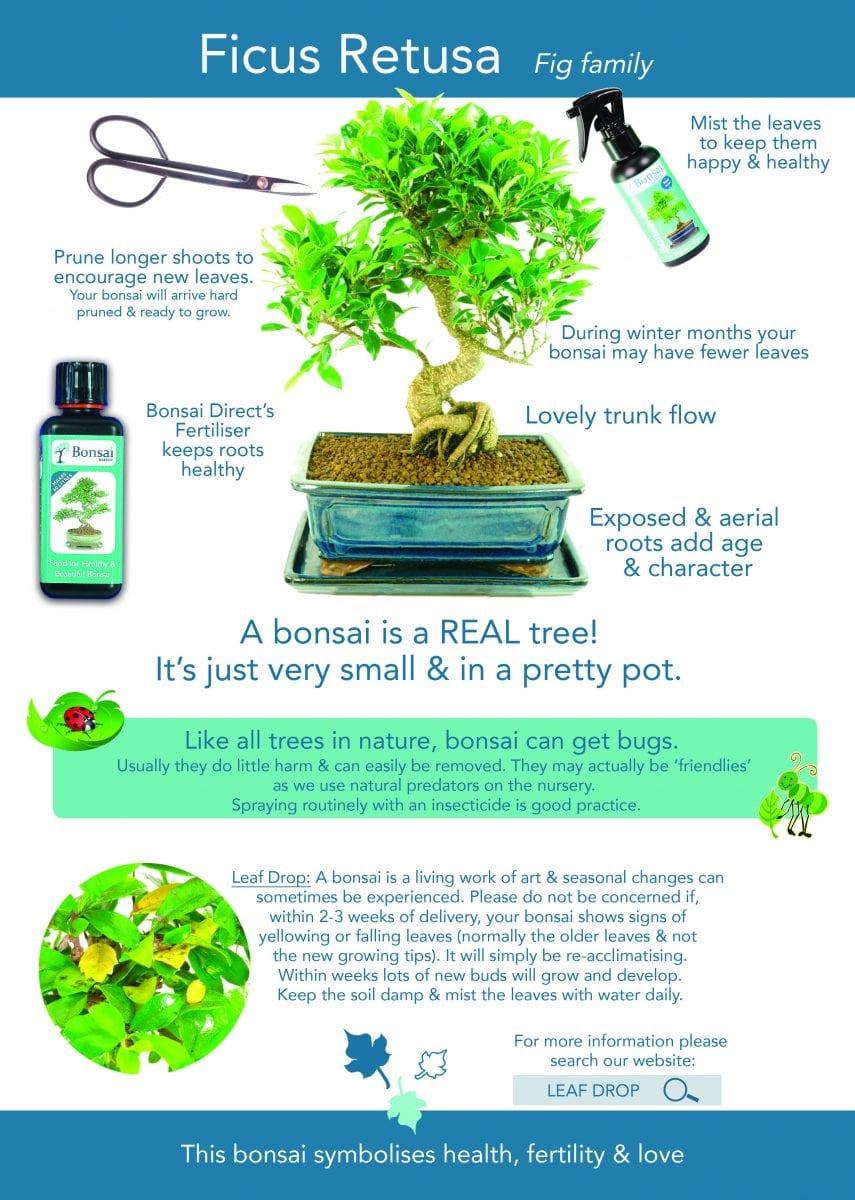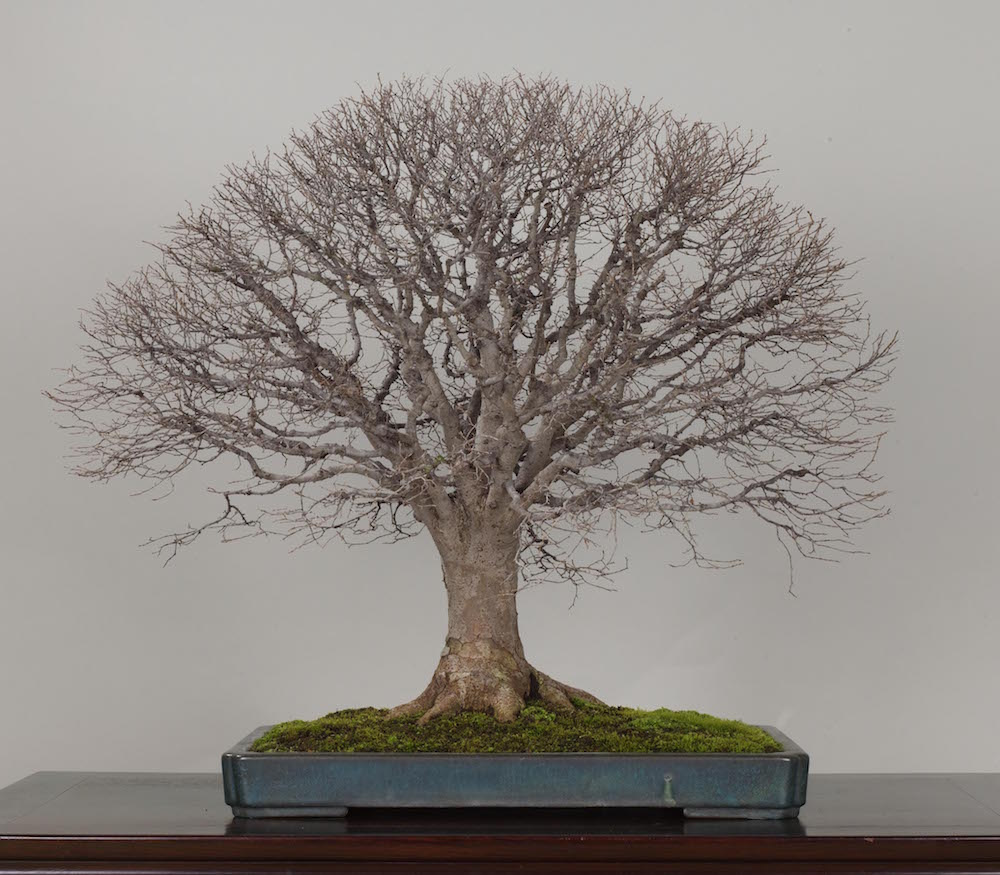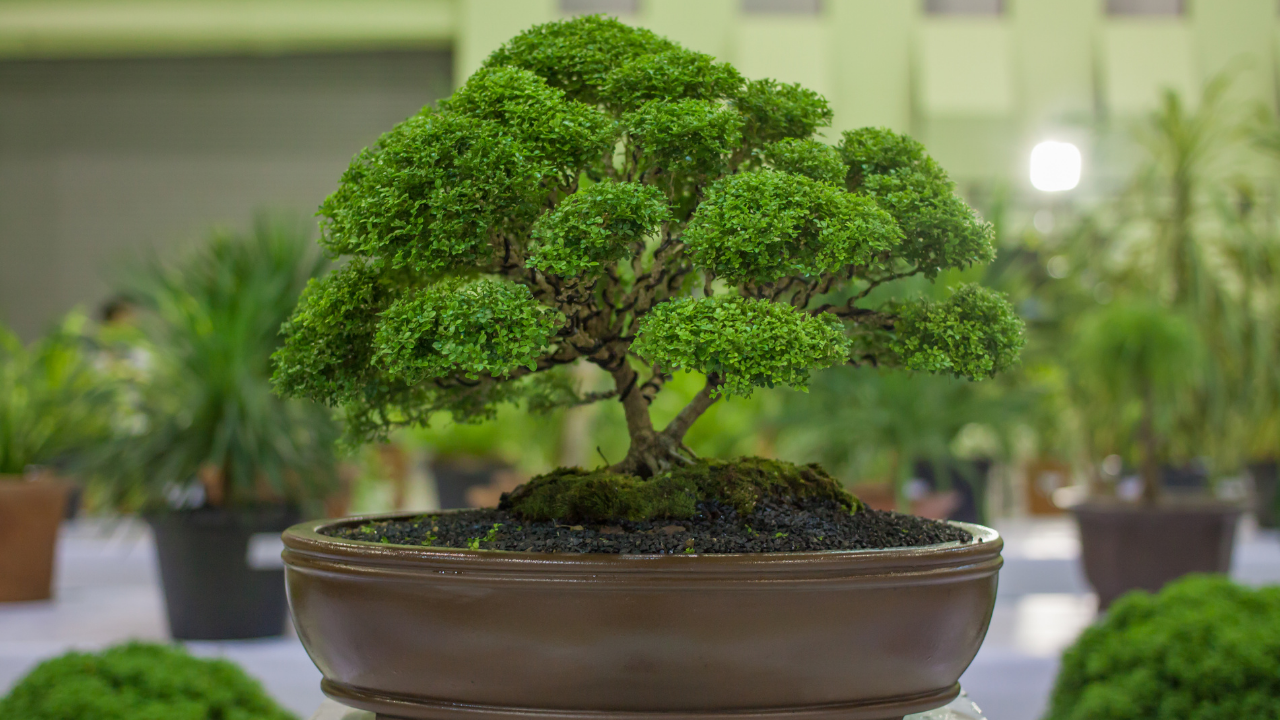To take care of a bonsai tree in winter, protect it from frost and ensure proper watering. Place it in a cool, frost-free area.
Bonsai trees need special care during winter to thrive and survive. Cold weather can be harsh on these delicate plants, making it crucial to protect them from frost and extreme temperatures. Ensuring they are placed in a cool, frost-free area helps maintain their health.
Proper watering is equally important; the soil should be kept slightly moist but not waterlogged. Over-watering or under-watering can be detrimental. Use mulch to insulate the roots and monitor for pests, which can be more prevalent indoors. With these steps, your bonsai tree can flourish even during the colder months.
Preparing Bonsai For Winter
Winter can be harsh on your delicate bonsai trees. Preparing them for the colder months is essential for their survival. This involves a few critical steps to ensure your bonsai stays healthy and vibrant throughout the winter season.
Inspecting Tree Health
Begin by inspecting the health of your bonsai tree. Check for any signs of disease or pest infestation. Look closely at the leaves, branches, and soil. Healthy leaves should be green and free from spots. The branches should be firm and not brittle.
Inspect the roots as well. Carefully remove the tree from its pot and examine the root system. Healthy roots are white or light brown and firm to the touch. If you find any mushy or dark roots, trim them away. This will help prevent root rot during winter.
Cleaning And Pruning
Next, focus on cleaning and pruning your bonsai tree. Remove any dead or yellow leaves. This helps the tree conserve energy during winter. Use clean, sharp scissors or pruning shears for this task.
Pruning is also essential. Trim back any overgrown branches to maintain the tree’s shape. Remove any branches that cross or rub against each other. This allows more light and air to reach the inner parts of the tree.
After pruning, clean the soil surface by removing any fallen leaves or debris. This prevents mold growth and keeps the bonsai healthy.
| Task | Description |
|---|---|
| Inspecting Tree Health | Check leaves, branches, and roots for any signs of disease or pests. |
| Cleaning and Pruning | Remove dead leaves, trim branches, and clean the soil surface. |
By following these steps, you can ensure your bonsai tree remains healthy during winter. Regular inspections and proper care will help it thrive in the cold months.

Credit: www.bonsaidirect.co.uk
Choosing The Right Location
Winter can be harsh on your bonsai tree. Choosing the right location is crucial for its survival. Proper placement ensures your bonsai stays healthy during the cold months.
Indoor Vs. Outdoor Placement
Indoor placement is ideal for tropical bonsai trees. These trees need consistent temperatures. Place them near windows for natural light. Avoid placing them near heating vents. The dry air can harm your bonsai.
Outdoor placement works well for hardy bonsai species. These trees can tolerate colder temperatures. Place them in a sheltered spot. Protect them from harsh winds and heavy snow.
Temperature Control
Maintaining the right temperature is vital. Indoor bonsai trees need temperatures between 60-70°F. Use a thermostat to monitor the temperature. Outdoor bonsai trees need temperatures above 20°F. Use mulch to insulate the roots.
For indoor bonsai, avoid sudden temperature changes. Sudden drops can stress the tree. For outdoor bonsai, provide a cold frame or greenhouse. This helps maintain stable temperatures.
| Placement | Ideal Temperature | Protection Tips |
|---|---|---|
| Indoor | 60-70°F | Use a thermostat; avoid heating vents |
| Outdoor | Above 20°F | Use mulch; provide shelter from wind |
Follow these tips for choosing the right location. Your bonsai tree will thrive even in winter.
Watering Techniques
Winter can be a challenging time for bonsai enthusiasts. Proper watering is crucial to keep your bonsai tree healthy. This section will guide you through the best watering techniques during winter.
Adjusting Watering Frequency
During winter, bonsai trees need less water. The cold weather reduces their growth. Check the soil regularly to decide the watering frequency. Stick your finger into the soil up to one inch. If it feels dry, it’s time to water.
- Reduce watering frequency to once every 10-14 days.
- Ensure the soil is slightly damp, not soaked.
Avoiding Overwatering
Overwatering can harm your bonsai tree. Roots can rot and lead to disease. Use a pot with good drainage holes. This helps excess water escape easily.
Check the soil moisture before watering again. If the soil is still wet, wait a few more days. Overwatering is more harmful than underwatering during winter.
| Watering Frequency | Soil Check |
|---|---|
| Once every 10-14 days | 1-inch soil check |
Soil And Fertilization
Taking care of a bonsai tree in winter requires special attention to soil and fertilization. This ensures your tree stays healthy and vibrant during the cold months. Below are some essential tips to help you manage soil and fertilization effectively.
Winter Soil Mix
The right soil mix is crucial for your bonsai tree’s health in winter. Use a mix that retains moisture but also allows for drainage. A good winter soil mix includes:
- 50% Akadama
- 25% Pumice
- 25% Lava Rock
This mix ensures your tree gets enough water while avoiding root rot.
Fertilizer Application
Fertilizing a bonsai tree in winter requires a delicate balance. Over-fertilizing can harm your tree, while under-fertilizing can stunt its growth. Follow these steps:
- Use a low-nitrogen fertilizer.
- Apply fertilizer once every six weeks.
- Mix the fertilizer with water according to the instructions.
Avoid fertilizing if the tree is dormant. Always water the tree before applying fertilizer to prevent root burn.
Protecting From Pests
Winter can be harsh for your bonsai tree. Not only do cold temperatures pose a threat, but pests can also invade. Protecting your bonsai tree from pests during winter is crucial. This guide will help you keep your bonsai tree healthy and pest-free.
Common Winter Pests
In winter, some pests become more active indoors. Here are a few common winter pests:
- Spider Mites: These tiny pests suck plant juices.
- Aphids: Aphids feed on plant sap and weaken the tree.
- Scale Insects: These pests attach to leaves and stems.
Natural Pest Control
Using natural pest control methods is safe and effective. Here are some natural ways to keep pests away:
- Neem Oil: Neem oil is a natural insecticide. Spray it on your bonsai tree to repel pests.
- Garlic Spray: Mix garlic with water and spray on leaves. Garlic repels many pests.
- Ladybugs: Introduce ladybugs to your garden. They eat aphids and other pests.
Regular Inspection
Inspect your bonsai tree regularly. Look for any signs of pests. Early detection is key to preventing infestations.
Proper Care
Keep your bonsai tree healthy. Healthy trees are less likely to attract pests. Ensure proper watering, pruning, and feeding routines.

Credit: www.bonsaiempire.com
Using Mulch And Covers
Winter can be harsh on bonsai trees. Proper care is essential. Using mulch and covers helps protect your bonsai from cold weather. This section will guide you on the best types of mulch and how to apply protective covers effectively.
Types Of Mulch
Mulch acts as an insulating layer. It keeps the roots warm and moist. There are different types of mulch suitable for bonsai trees:
- Organic Mulch: Includes bark, wood chips, and pine needles. Organic mulch decomposes over time. It also adds nutrients to the soil.
- Inorganic Mulch: Consists of gravel, pebbles, and lava rock. Inorganic mulch does not decompose. It lasts longer but does not add nutrients.
- Living Mulch: Examples include moss or ground cover plants. Living mulch can improve soil structure. It also provides continuous protection.
Applying Protective Covers
Protective covers shield bonsai trees from frost and cold winds. Proper application ensures maximum protection. Here are some methods:
- Burlap Wrap: Wrap the tree with burlap cloth. This method is simple and effective.
- Plastic Sheeting: Cover the bonsai with clear plastic. It creates a greenhouse effect. Ensure proper ventilation to prevent mold.
- Cold Frames: Build a small enclosure around the tree. Cold frames offer excellent protection. They are suitable for extreme cold regions.
For best results, combine mulch with protective covers. This dual approach offers maximum protection. Your bonsai will thrive even in the harshest winters.
Monitoring Tree Health
Taking care of a bonsai tree in winter is crucial for its health. Monitoring your tree’s health ensures it survives the cold months.
Checking For Signs Of Stress
Winter can be tough on bonsai trees. It’s important to check for signs of stress regularly.
- Leaf Discoloration: Look for yellow or brown leaves. These indicate stress.
- Branch Weakness: Check if branches are brittle or weak.
- Root Health: Ensure roots are firm and not mushy.
Spotting these signs early can help save your tree. Act quickly to address any issues.
Regular Health Assessments
Performing regular health assessments is key to a healthy bonsai tree.
- Weekly Check-ups: Inspect your tree weekly for any changes.
- Soil Moisture: Ensure the soil is moist but not waterlogged.
- Pruning: Trim dead leaves and branches to promote growth.
- Pest Control: Check for pests and treat immediately.
Regular assessments help catch problems early. Keep a consistent schedule for the best results.
Transitioning To Spring
As winter fades, your bonsai tree needs special care. Transitioning to spring is crucial. Ensure your bonsai tree stays healthy. Let’s explore how to do this effectively.
Gradual Reintroduction To Outdoors
Your bonsai tree has been indoors all winter. Now, it’s time to reintroduce it to the outdoors. Do this gradually to prevent shock. Start by placing the bonsai in a shaded area.
- Place the bonsai in shade for a few hours daily.
- Increase outdoor time each day.
- Move the bonsai to sunlight after one week.
- Monitor the weather and avoid frost.
Spring Care Tips
Spring care is vital for your bonsai tree. Here are some tips to follow:
- Watering: Water the bonsai regularly. Ensure the soil is moist but not soggy.
- Fertilizing: Use a balanced fertilizer. Apply every two weeks.
- Pruning: Trim dead branches. Shape the bonsai to encourage new growth.
- Repotting: Spring is a good time to repot. This allows for healthy root growth.
By following these tips, your bonsai tree will thrive in spring. Proper care ensures a beautiful and healthy bonsai.

Credit: homegrown-garden.com
Conclusion
Winter care for your bonsai tree is crucial. Protect it from frost and extreme cold. Water it sparingly to prevent root rot. Ensure it gets enough light by placing it near a window. Following these steps will help your bonsai thrive even in the harshest winter conditions.
Happy bonsai gardening!

